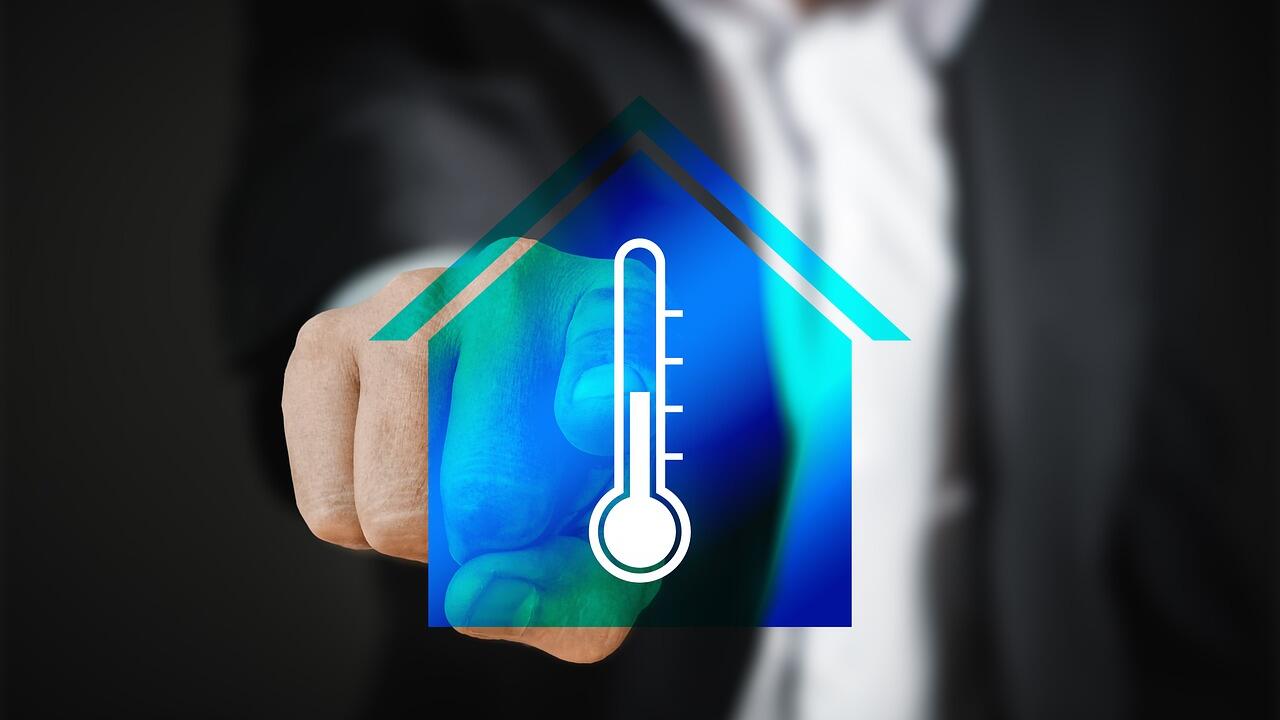 Energy Infrastructure
Energy InfrastructureEnergy Infrastructure
Ammonia is produced under super high pressures from Hydrogen and Nitrogen. The feed stock for Ammonia (NH3) is simply Nitrogen and Hydrogen. Potential early applications for ammonia as a fuel include shipping and maybe even aviation! If you can make green Hydrogen (either with green electricity or carbon capture and storage) and green electricity you could make green ammonia. You just need a lot of green energy! The focus now could be on de-carbonising the worlds existing ammonia demand. Ammonias could absolutely be zero carbon and could be used as as a green fuel. It would then provide a sound footing for the world to make greenhydrogen to potentially be used to produce green ammonia. And the focus now should be onde-carbonise the world existing hydrogen demand. and green electricity and storage and storage. and storage and electric and electric power and carbon capture, and green hydrogen.
Read Full articleHow will energy look in 2030? My 10 predictions for the next 10 years!
Ten years ago Matt Cardle was Christmas number one (anyone remember Mr Cardle?) and David Cameron had just started his 6 years in office. The UK Government predicted in its base case energy scenario that in 2020 electricity generation would be delivered with 75T.
Read Full articleCeramics industry and the transition to a Circular Economy
The EU ceramic industry represents an annual production value of around €30 billion. The EU Emissions Trading System covers over 1200 ceramic installations. Ceramic products can be reused, recycled or recovered after their end-of-life.
Read Full articleEUROPEAN ALUMINIUM: sustainable industrial recovery plan
2019 data show primary production in Europe is flat, despite a growing demand for aluminium products. This is due to tensions on the aluminium supply chain caused by trade issues at global level and high energy prices. There are 15 smelters in the EU,.
Read Full articleCEMBUREAU’s roadmap towards #Cement2050 – a Carbon Neutrality Roadmap
The European Cement Association published its Carbon Neutrality Roadmap. Roadmap sets out the cement industry's ambition to reach net zero emissions by 2050. By 2030, CEMBUREAU aspires to be in line with the Paris Agreements two.
Read Full articleHow Energy Efficiency and Renewables will benefit from COVID-19
Since 1900 only three events had a greater impact on global energy demand than COVID-19: the Spanish flu, the Great Depression and World War II. Can we already predict the near and/or long term impact? Likely not. But we need.
Read Full articleTwo walls may beat one for solar-panel nanotubes
Engineers already knew that size matters when using single-walled carbon nanotubes for their electrical properties. Until now, nobody had studied how electrons act when confronted with the Russian doll-like structure of multiwalled tubes. Now, researchers have calculated.
Read Full articleEscaping the horns of a dilemma
Zen and the Art of Motorcycle Maintenance has written a blog about the hydrogen economy. He argues that electrifying everything is the right way to go. Using hydrogen in the gas grid is an understandable effort by the gas industry to maintain their position.
Read Full articleMythbusting: The footprint of renewable energy
By 2017, only 43,500 tons of PVP waste was created worldwide. By 2050 this number is expected to rise to 60 million tons. With better eco-design and new technologies, we may soon be able to re-use all of it.
Read Full articleCalorimeters for thermal propagation research on Lithium-ion batteries
Lithium-ion batteries have the advantages of high energy density, fast charge/discharge ability, no memory effect and low self-discharge. The last step is to prevent the propagation of the thermal runaway from one cell to the neighbouring cells.
Read Full article








